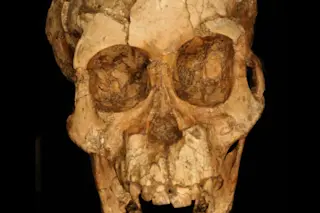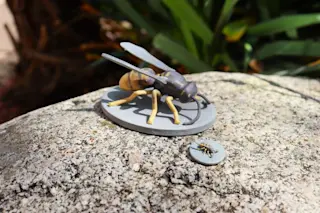The fossilized remains of a 3.32 million-year-old Australopithecus afarensis child included a mostly complete skull and foot. The juvenile hominin foot retains traits of tree-climbing, surprising some researchers. (Credit: Zeray Alemseged) At some point in the last 4 million or so years, our hominin ancestors climbed down from the trees and got grounded. The transition between arboreal and terrestrial was, like just about everything in evolution, gradual. For decades researchers have debated, often heatedly, which hominin species was the first to be fully bipedal, walking and running rather than climbing. Today, great answers come in small packages: A rare, mostly-complete juvenile hominin foot reveals new and unprecedented details of the transition from tree to ground. The fossil remains of a hominin known as DIK-1-1, roughly three years old at time of death, are not new to science. They were uncovered in 2002 in Dikika, Ethiopia, and dated to be 3.32 ...
The Toddler Who Climbed: Hominin Foot Unique In Evolution
Discover how the Australopithecus afarensis foot reveals crucial insights into early human evolution and the juvenile's tree-climbing traits.
More on Discover
Stay Curious
SubscribeTo The Magazine
Save up to 40% off the cover price when you subscribe to Discover magazine.
Subscribe













